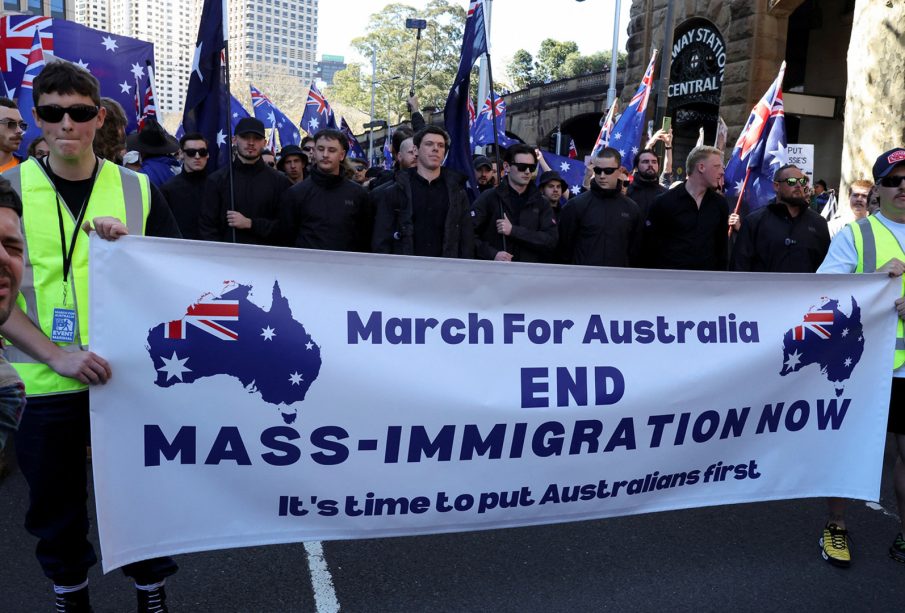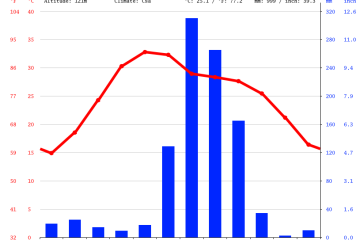Exploring Australian Anti-Immigration Protests in 2023

Introduction
In recent months, Australia has witnessed a surge in anti-immigration protests, sparking nationwide debate on immigration policies and social unity. The significance of these protests lies not only in their reflection of public sentiment but also in their implications for the country’s future immigration strategy and social fabric. As the nation contemplates demographic changes, these protests represent a pivotal moment in Australia’s ongoing discourse about race, identity, and belonging.
Details of the Protests
Beginning in mid-2023, protests erupted in major cities like Sydney and Melbourne, organized by various anti-immigration groups. These demonstrations have drawn thousands, who gather to voice their concerns over rising immigration numbers and the perceived strain on public services, housing, and job opportunities. Significantly, the protests have been characterized by a diverse array of participants, including locals frustrated by economic uncertainties and groups blaming immigration for escalating crime rates. Such perceptions have been amplified by a growing narrative in media platforms and social networks, causing tensions to rise.
Incidents and Reactions
Interestingly, the protests have met with contrasting responses. Supporters argue these rallies are a necessary expression of discontent that highlights genuine social issues. Conversely, critics point to the potential for racist undertones within the movements, stressing that many participants associate immigration with socio-economic problems without recognizing the contributions of immigrants to society. Australian police have monitored the protests closely, ensuring that while freedom of speech is upheld, public safety remains a priority. Incidents of violence and aggressive confrontations have been reported during some protests, leading to arrests and heightened security measures.
Government Response and Public Sentiment
In light of these protests, the Australian government has reiterated its commitment to a fair and effective immigration system. Policy discussions have emerged regarding potential reforms, aiming to address public concerns while ensuring Australia’s economic needs are met through skilled immigration. Public sentiment surrounding immigration appears to be divided, with some advocating for stricter immigration controls while others stress the importance of maintaining Australia’s multicultural identity.
Conclusion
The ongoing anti-immigration protests in Australia signify a complex intersection of economic anxiety, cultural identity, and political discourse. As these events unfold, they call into question the balance Australia must strike between embracing diversity and addressing legitimate public concerns. Looking ahead, it is crucial for dialogue to continue, fostering understanding to shape a cohesive approach to immigration that honors both the nation’s principles and the realities of its demographics. Awareness and continued engagement will be essential in shaping how Australia navigates this contentious issue moving forward.









